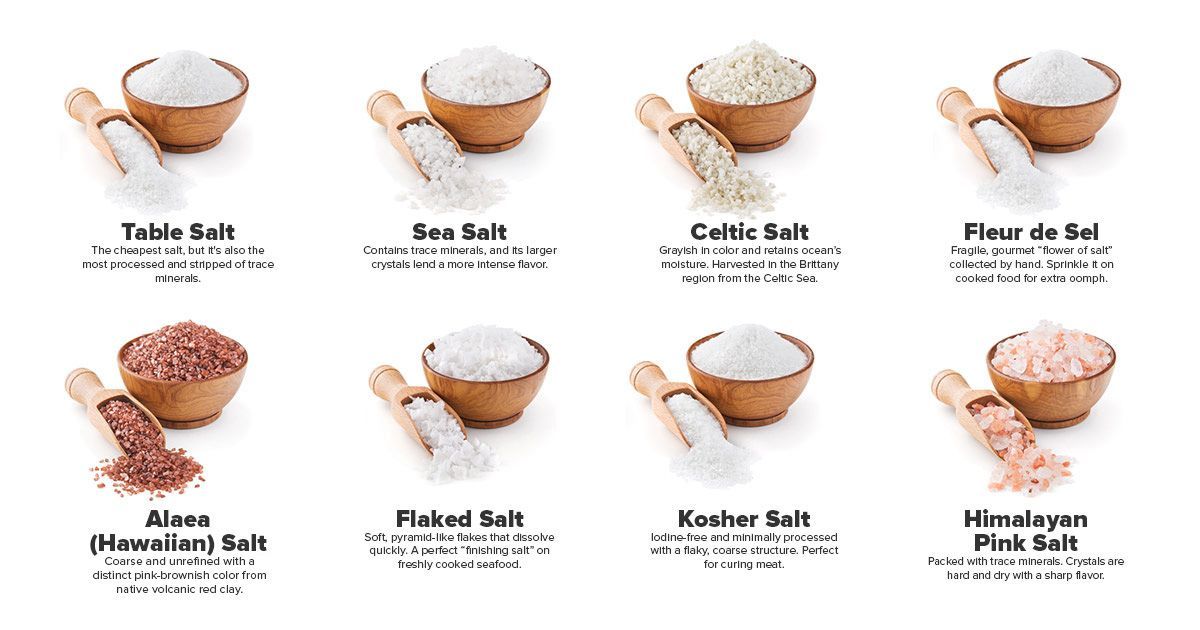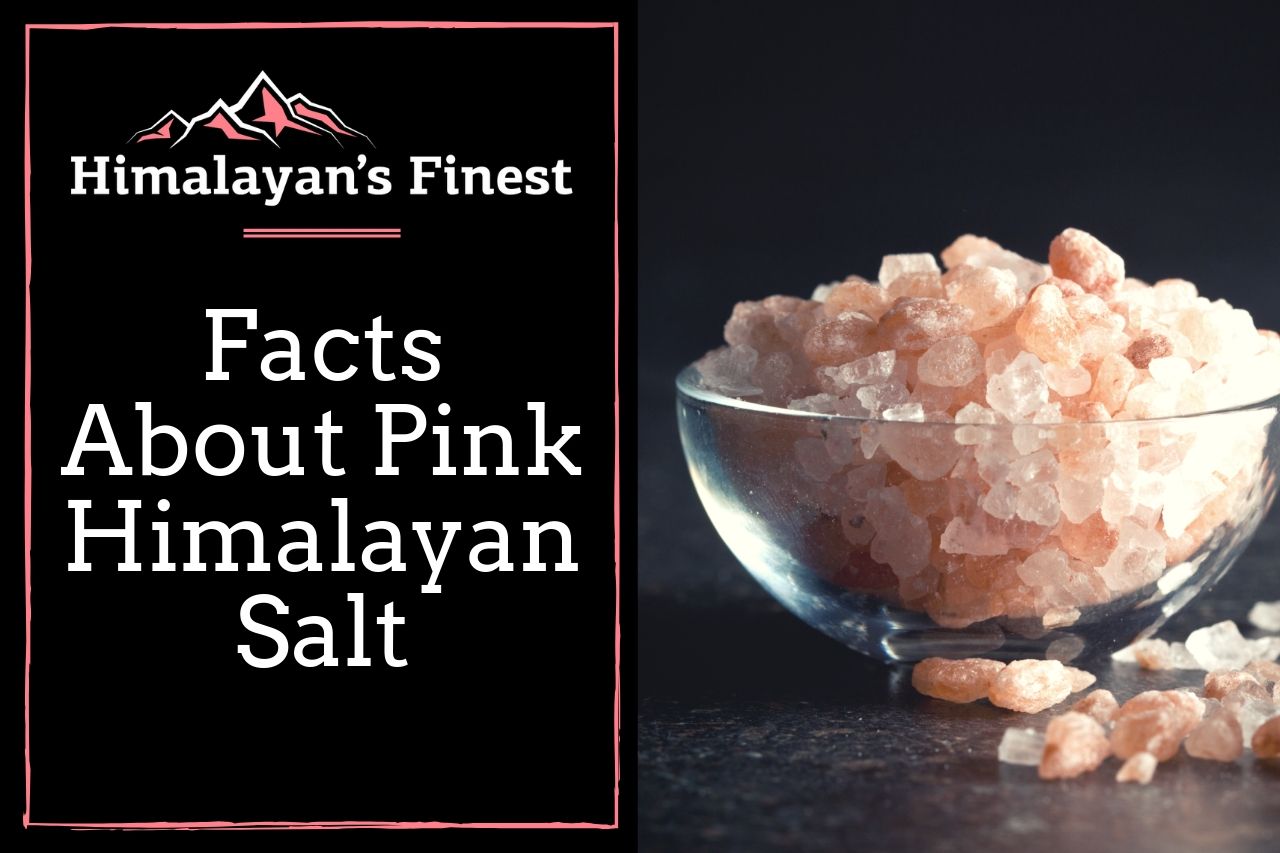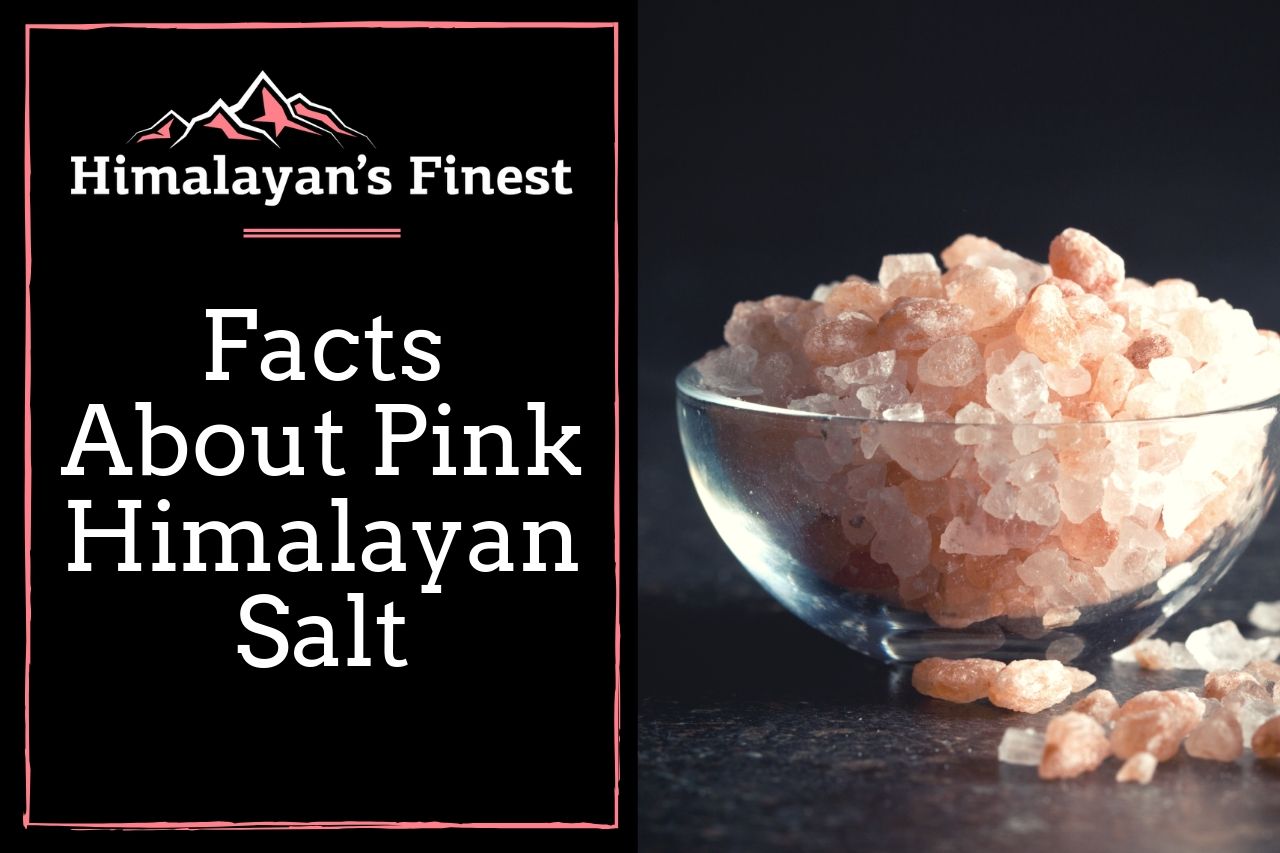Sea and Himalayan salts recalled in Canada: ‘Do not use, serve or – Sea and Himalayan salts recalled in Canada: Do not use, serve or sell. This headline screams urgency, and for good reason! A recent recall of popular sea and Himalayan salts has sparked concern across Canada. This article dives into the details, exploring why these salts were recalled, what risks they pose, and what consumers should do if they’ve purchased affected products.
We’ll cover everything from the specific brands involved to the regulatory response and steps you can take to protect yourself.
We’ll examine the recall’s timeline, geographical impact, and the company’s response. We’ll also delve into the potential health hazards, the testing methods used to identify the problem, and the steps consumers should take to return affected products. Finally, we’ll look at the broader implications for the Canadian salt industry and explore preventative measures for future incidents.
Sea and Himalayan Salt Recall in Canada: Sea And Himalayan Salts Recalled In Canada: ‘Do Not Use, Serve Or
This article details the recent recall of several brands of sea and Himalayan salt in Canada, outlining the reasons for the recall, its impact on consumers and the industry, and measures to prevent similar incidents in the future. The information provided is for informational purposes only and should not be considered medical or legal advice.
Recall Details and Scope, Sea and Himalayan salts recalled in Canada: ‘Do not use, serve or
A significant recall of sea and Himalayan salt products was issued in Canada on [Insert Date of Recall Announcement]. The recall affected [Insert Number] brands and various product sizes. Specific brands and product details were listed on the official recall notice published by the Canadian Food Inspection Agency (CFIA). The recall impacted all provinces and territories in Canada.
| Company Name | Contact Number | Website | |
|---|---|---|---|
| [Insert Company Name 1] | [Insert Phone Number 1] | [Insert Email Address 1] | [Insert Website Address 1] |
| [Insert Company Name 2] (If applicable) | [Insert Phone Number 2] (If applicable) | [Insert Email Address 2] (If applicable) | [Insert Website Address 2] (If applicable) |
Reason for Recall
The recall was initiated due to [Insert Reason for Recall, e.g., the presence of undisclosed contaminants]. Potential health risks associated with consuming the affected products included [Insert Potential Health Risks, e.g., gastrointestinal distress]. Testing methods employed to identify the problem involved [Insert Testing Methods, e.g., microbial analysis and heavy metal screening].
Consumer Impact and Response

Consumer response to the recall varied. Social media platforms saw discussions regarding the recall, with some consumers expressing concern and others sharing their experiences with returning the product. News outlets reported on the recall, raising public awareness. The process for returning recalled products and obtaining refunds or replacements involved contacting the company directly via phone or mail, using information provided on the recall notice.
- Check your pantry for recalled salt products.
- Do not consume the recalled salt.
- Contact the company for instructions on returning the product.
- Retain your purchase receipt for proof of purchase.
Regulatory Response and Investigation
The Canadian Food Inspection Agency (CFIA) and [Insert other regulatory bodies, if any] responded to the recall by [Insert actions taken, e.g., issuing a public recall notice, conducting investigations]. Ongoing investigations focused on [Insert details of ongoing investigations]. Penalties or actions taken against the company are [Insert details of penalties, if any].
- CFIA: Issued a recall notice, conducted investigations, and monitored the recall process.
- [Insert other regulatory body]: [Insert actions taken by other regulatory body].
Impact on the Salt Industry

The recall had a short-term impact on the sales of the affected brands and potentially impacted consumer trust. The long-term effects might include increased scrutiny of salt production and distribution practices. This recall is comparable to [Insert examples of similar recalls, e.g., previous recalls involving food contamination].
Hypothetical Scenario: A significant loss in market share and a decline in consumer confidence could force the company to implement costly corrective measures, potentially leading to financial losses and reputational damage.
A hypothetical infographic could visually represent the decline in sales for the affected brands, the recovery period, and the shift in consumer preference towards other brands. It would also depict the company’s response to the recall and the subsequent rebuilding of consumer trust.
Prevention and Future Measures

Preventative measures to avoid similar recalls include rigorous quality control checks at each stage of salt production and distribution, improved testing protocols, and enhanced traceability systems. Recommendations for improving food safety regulations could involve stricter enforcement of existing standards and the implementation of new technologies to enhance detection of contaminants.
Hey, so there’s a recall on Sea and Himalayan salts in Canada – “Do not use, serve, or…” anything with those recalled batches. It’s a good reminder that food safety is crucial, kind of like how careful preparation is essential in a surgical setting. If you’re interested in a career in that field, check out accredited surgical tech programs near me with clinical rotations to learn more.
Back to the salts though – seriously, “Do not use, serve, or” consume those recalled products!
- Implement stricter quality control measures throughout the production process.
- Enhance testing protocols to detect potential contaminants early.
- Improve traceability systems to quickly identify the source of contamination.
- Invest in advanced testing technologies.
- Regularly train employees on food safety protocols.
Closure

The recall of sea and Himalayan salts serves as a stark reminder of the importance of food safety regulations and robust quality control measures within the food industry. While the immediate impact is felt by consumers and the implicated company, the long-term effects could reshape industry practices and strengthen consumer trust. By understanding the reasons behind this recall and following the provided guidelines, we can collectively work towards a safer food supply.
Staying informed and proactive is key to ensuring our food is safe and wholesome.
Hey, so there’s a recall on some Sea and Himalayan salts in Canada – the warning is seriously “Do not use, serve or…” anything with them. It makes you think about where these things are made, right? Check out this article about how China is the manufacturing superpower | Hacker News , it’s pretty eye-opening. Knowing that context, the salt recall suddenly feels a bit more significant.
Again, “Do not use, serve or” – take that warning seriously!
Popular Questions
Q: What should I do if I have recalled salt?
A: Immediately stop using, serving, or selling the recalled salt. Check the recall details to confirm if your product is affected, and then follow the company’s instructions for returning the product for a refund or replacement.
Q: Are there any long-term health effects from consuming the recalled salt?
A: The long-term effects depend on the specific contaminant and the amount consumed. Contact your doctor or a health professional if you have concerns after consuming the recalled salt.
Q: How can I identify the recalled products?
Hey everyone, important info: Several sea and Himalayan salt brands have been recalled in Canada; ‘Do not use, serve, or sell’ is the official word. Need a distraction from that news? Check out this game analysis: Milan 2-1 Juventus (Jan 3, 2025) Game Analysis – ESPN. Back to the salt recall: seriously, follow those instructions to stay safe!
A: Carefully check the product packaging for the specific brand names, lot numbers, and best-before dates listed in the official recall notice.
Q: Will there be more recalls in the future?
A: While it’s impossible to predict future recalls, this incident highlights the ongoing need for rigorous quality control and food safety measures throughout the supply chain.
